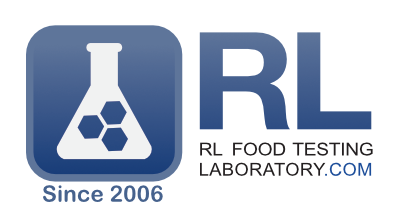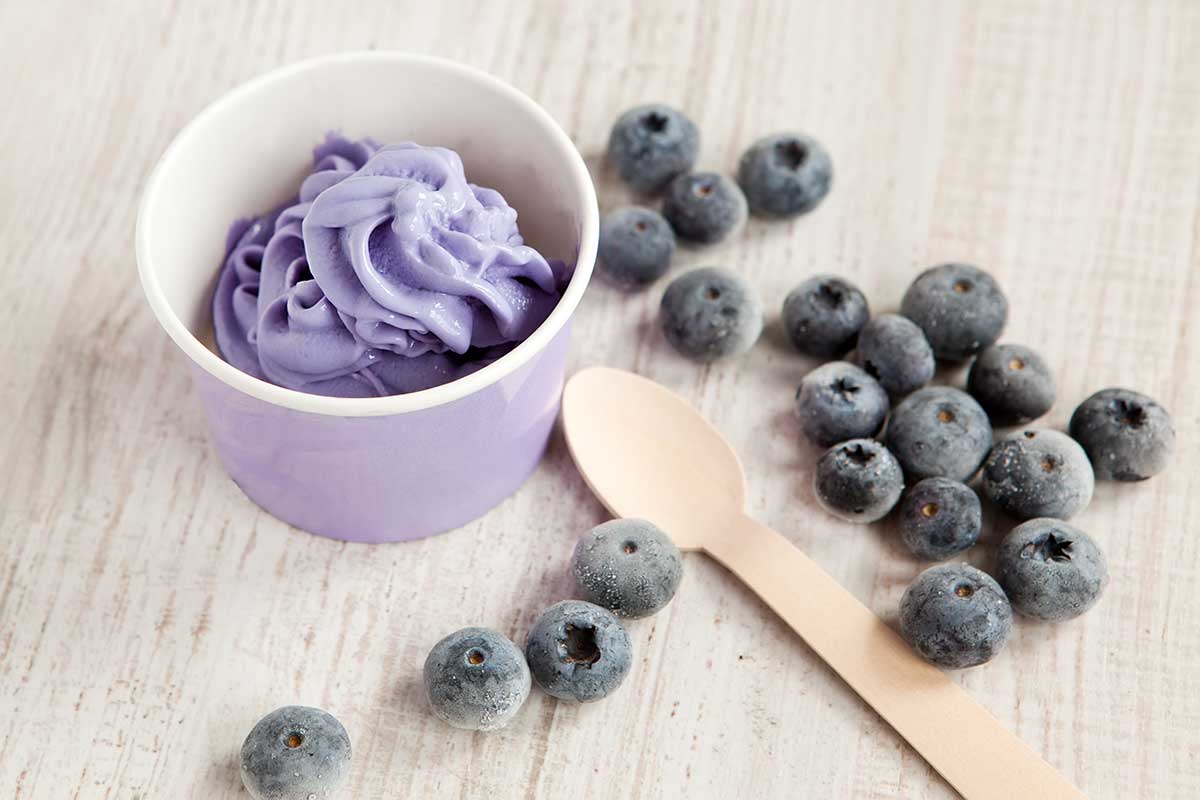The rising popularity of frozen yogurt as a health-conscious choice in the frozen dessert market persists. Numerous “Fro-Yo” producers emphasize their offerings as a healthier substitute for conventional ice cream. Nevertheless, there is skepticism among certain consumers and health professionals about whether these seemingly guilt-free, creamy swirls are truly as nutritious as they appear. Thorough nutritional analysis and precise labeling are vital components of the frozen yogurt production process that can help substantiate label claims to build consumer trust and ensure compliance with regulatory requirements.
What is Frozen Yogurt?
Similar to traditional yogurt, frozen yogurt is a dairy product made by fermenting milk with live cultures, which are active organisms that assist in the fermentation. These live cultures convert the lactose in milk into lactic acid, giving frozen yogurt its characteristic tangy flavor and creamy texture. Additionally, the frozen product usually contains sugar, flavorings, stabilizers, and cream.
Nutritional Analysis for Frozen Yogurt
Nutritional testing is a critical aspect of the frozen yogurt manufacturing process, ensuring that the product meets regulatory standards and consumer expectations. By conducting comprehensive nutritional analyses, manufacturers can accurately determine key components such as fat content, sugar levels, protein content, and calorie count. This data is vital for labeling purposes and enables consumers to make informed choices about their dietary intake.
The following are some of the essential test needed to meet regulatory requirements and maintain the highest standards:
- Microbial Testing: Ensuring Safety and Quality
Frozen yogurt’s primary ingredient is yogurt, which contains live and active cultures. While these cultures are beneficial, they also necessitate stringent microbial testing to ensure product safety:
- Pathogen Testing: Tests for harmful bacteria like Salmonella, Listeria, and E. coli are crucial. These pathogens can cause serious health issues and must be absent from the product.
- Spoilage Organisms: Testing for yeasts and molds that can spoil the product is necessary, especially since frozen yogurt has a higher moisture content than ice cream.
- Nutritional Analysis: Meeting Labeling Requirements
Regulatory bodies worldwide require accurate nutritional labeling for all food products, including frozen yogurt:
- Macronutrients: Testing for fats, proteins, carbohydrates, and sugars to provide consumers with accurate nutritional information.
- Caloric Content: Calculation of the total caloric value is essential for labeling.
- Vitamins and Minerals: Depending on the ingredients, testing for specific vitamins and minerals might be necessary.
- Physical and Chemical Properties Testing
The physical and chemical attributes of frozen yogurt affect its texture, flavor, and overall quality:
- Texture Analysis: Measures consistency and mouthfeel, ensuring a smooth, creamy texture.
- Flavor Profile Analysis: Chemical analysis to ensure flavor consistency across batches.
- pH Testing: Since frozen yogurt is made from dairy, maintaining the correct pH level is crucial for both safety and taste.
- Fat Content and Overrun: Determines the richness and lightness of the product. Overrun refers to the amount of air whipped into the yogurt, affecting texture and volume.
- Shelf-Life Testing
Determining the shelf life of frozen yogurt is essential to guarantee quality throughout its retail life:
- Accelerated Shelf-Life Testing: Simulates long-term storage conditions to predict how long the product will retain its quality.
- Freeze-Thaw Stability: Ensures the product maintains quality through the freezing and thawing cycles it might undergo during distribution and storage.
- Sensory Evaluation
Sensory testing is a crucial aspect of quality control, ensuring that the product meets consumer expectations:
- Taste Panels: Regular taste tests to maintain flavor quality and detect any deviations.
- Texture and Appearance: Evaluates the visual appeal and mouthfeel, key factors in consumer satisfaction.
Labeling Compliance
It is important for frozen yogurt producers to adhere to legal requirements regarding ingredient disclosure, nutritional information, and allergen warnings. In the United States, the Food and Drug Administration (FDA) imposes strict regulations on dairy products, including frozen yogurt, aimed at safeguarding consumer safety and product quality. Adhering to these regulations is essential to ensure that frozen yogurt meets the required standards for consumption.
Challenges and Opportunities
Nutritional testing offers opportunities for innovation and differentiation within the frozen yogurt industry. By identifying ways to reduce sugar or fat content without compromising taste and texture, manufacturers can cater to evolving consumer preferences for healthier options. Additionally, understanding the nutritional profile of different flavors and formulations allows for targeted product development, aligning with specific dietary trends such as keto-friendly or plant-based products. Ultimately, investing in nutritional testing not only ensures compliance with regulations but also fosters a culture of continuous improvement and adaptation to changing market demands within the frozen yogurt sector.
For frozen yogurt manufacturers, the emphasis on quality and safety testing is not just about compliance but also about building consumer trust and loyalty. Implementing comprehensive testing protocols and staying abreast of regulatory changes are critical steps in maintaining the integrity of frozen yogurt products. By investing in these areas, manufacturers can ensure that their products stand out in a competitive market, offering delicious, safe, and high-quality frozen treats to health-conscious consumers.







